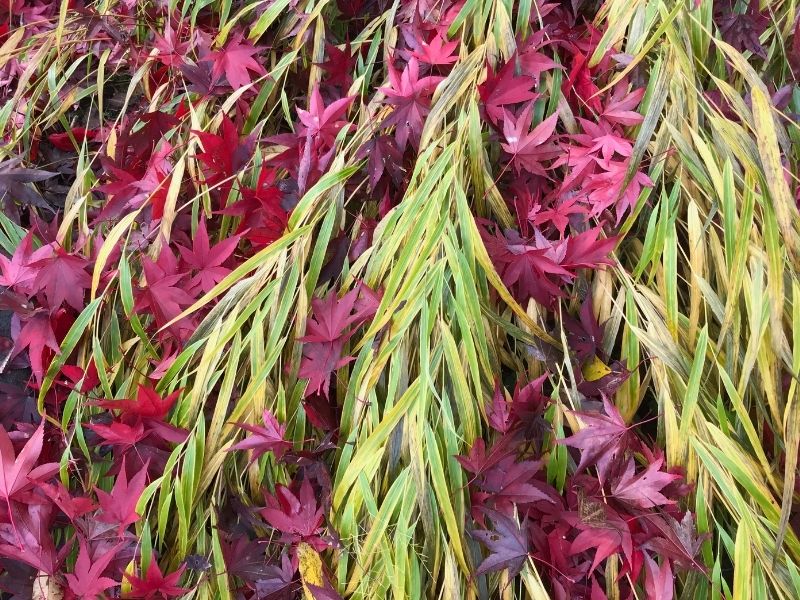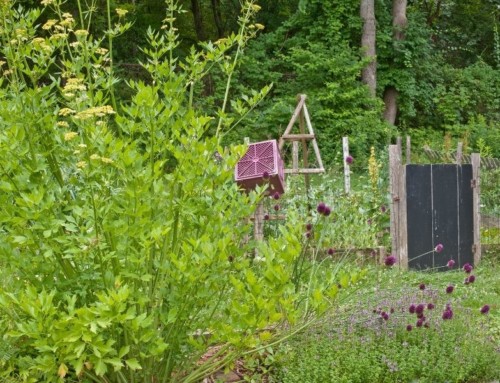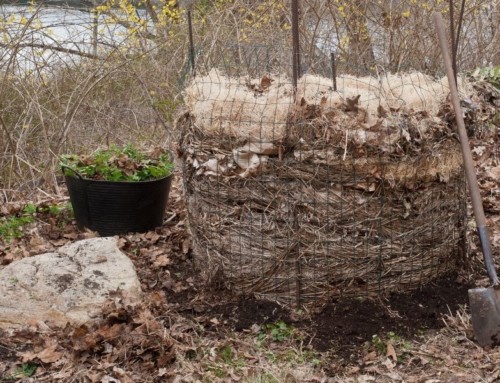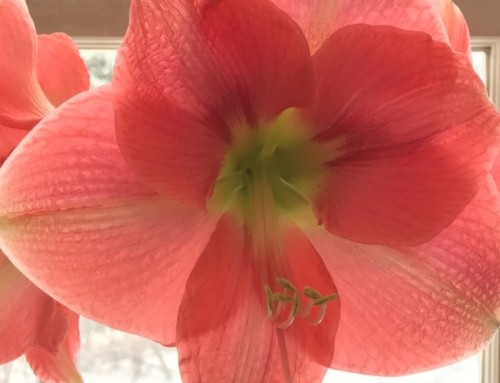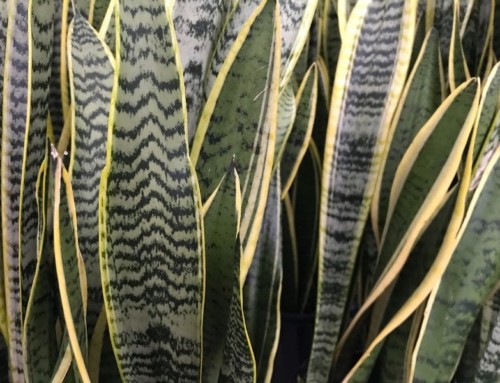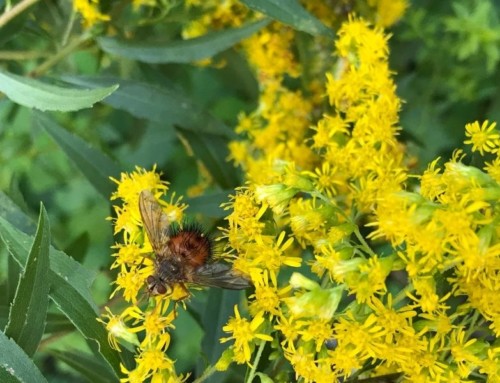Cleaning up garden beds for me is a long slow process.
First I remove seedheads of plants I don’t want to reproduce. Annual weeds – cut them off (don’t pull!) and get those seeds out.
It’s still an uphill battle with Canada goldenrod and to some degree with white snakeroot (Ageratina altissima, formerly Eupatorium rugosum).
They’re beautiful, valuable pollinator plants that act like an invading army. I want them to bloom but not reproduce.
I gently snip and tip fluffy seedheads into a basket, trying to keep them intact. They get dumped on the brush pile. Whoever wants to eat the seeds or line a nest or burrow can have at them. I just want them out of the garden.
Their tall stiff stems remain standing. I’ll tackle digging out the vigorous rhizomes and tenacious roots later.
It’s hard to resist the urge to pull weeds. If I wanted to plant a goldenrod crop, disturbing the ground while seeds are flying around would be just the way to do it.
Next out: desirable native plants that I want to self-sow or feed the birds – elsewhere.
The front bed is full of New England Asters with fluffy balls of airborne seeds. Who could possibly have enough of these fall-blooming purple beauties? Let the seeds fly.
Sweet and prolific Brown-eyed Susans (Rudbeckia triloba) are everywhere. I don’t need them filling every single bed.
Here’s where my “if it looks bad, cut it off” philosophy comes into play.
Dried monarda, mountain mint and anise hyssop seedheads were lovely this morning with their perky caps of snow.
But tall tipped-over cimicifuga bloom stems and blown over amsonias would have been a mess had I not already strewn them on the back slope. They’re up there feeding and seeding, out of sight.
It’s impossible to rake out beds with tangled stems everywhere. Editing out what is broken or crowded, cutting vines that snag rake tines, I leave what looks good and I can rake around.
As a visiting friend remarked recently, it’s nice to see the structure of the gardens. I can even find steps and stepping stones again.
What about leaving the leaves? Isn’t that the eco-friendly way????
I do leave the leaves – in the woods and under shrubs. Whatever blows in now can stay.
But in the garden, a thick layer of matted leaves rots the crown of many perennials. It hampers early spring bulbs too tiny to push up through the layers.
In my yard, leaves topped by a blanket of snow before the ground freezes = vole heaven.
Under this cozy cover, voles gnaw on plants all winter long, safe from predators. Before I started (reluctantly) removing most of the cover, by spring my gardens looked like earth-moving machinery had been at work. I can’t tell you how many times I have had to plant some areas all over again.
But never fear, my leaf composting area is big enough to spread leaves out in a thin enough layer to preserve overwintering insects. They’re not killed in a shredder or buried too deep to crawl or fly out come spring.
Do the tricky stuff first, haul later
I checked the forecast for good leaf cleanup weather before taking a day off from my job at White Flower Farm.
This was going to be the year that I got all the beds cleaned out and the gargantuan leaf piles off the lawn before snowfall. (Voles love that kind of cover).
Ha! It snowed all the way home.
The next morning I looked out to gauge how many heavy tarp-fulls of sopping wet leaves I’d be lugging from lawn to leaf composting area.
All gone, not a pile in sight, thanks to my son. He moved them while they were still light and dry.
Phew.
